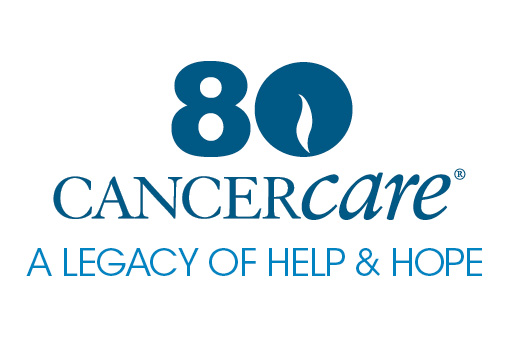Lung cancer is the second most common type of cancer in the United States. Regular lung cancer screening can help find lung cancer, especially when it is in early stages and easier to treat. This fact sheet covers:
- Signs that you may have lung cancer
- What increases the chances of lung cancer
- How to lower your risks of lung cancer
Signs and Symptoms of Lung Cancer
Knowing the signs and symptoms of lung cancer can help. It is still possible for signs to develop in the earliest stages. You can also have lung cancer even without these signs.
- Coughing that doesn’t go away
- Chest pain or coughing up blood
- Shortness of breath or wheezing
- Voice changes (weak, scratchy or hoarse voice)
You may also feel tired all of the time, have unexplained weight loss or keep getting pneumonia or bronchitis. If you notice any of the symptoms above, see your doctor right away.
Risks of Lung Cancer
Smoking is the most common cause of lung cancer, but it is not the only one. Other causes of lung cancer include:
Radon exposure. Radon may be present in some homes based on local geography or certain building materials. Working underground may also increase risk.
Hazardous chemicals. Working with asbestos, uranium, arsenic, cadmium, chromium, nickel and some types of petroleum.
Particle pollution (pollution in the air we breathe). Frequent or long-term exposure to smoke, small dust particles and exhaust from cars and other vehicles.
There are also factors in your personal health history that may suggest higher risk of lung cancer. These include:
Genetics. If you have a family history of lung cancer, ask your doctor for more information. You may be eligible for biomarker testing.
Previous radiation. Radiation to the chest due to certain cancer treatments.
How to Lower Your Risk
Quit smoking. If you smoke, quitting is the best way to reduce your risk of lung cancer. Quitting is hard, but there are ways to help you. Talk to your doctor about programs to stop smoking.
Avoid secondhand smoke. Smoke from others can also have an effect on your lungs. Protect yourself at home and work. The Environmental Protection Agency recommends that you get your home tested for radon. If you work with or around hazardous chemicals, ask about what you can also do to avoid greater risk.
Understanding Screening Guidelines
For those with a history of smoking or other risks, a form of screening called low-dose computed tomography (LDCT) is recommended. People who are between the ages of 50 to 80 are at higher risk. Those who have a 20 pack-year smoking history and currently smoke are also at high risk.
A “pack-year” is the same as smoking a pack of cigarettes per day for a year. If you have smoked a pack a day for the last 20 years, this equals 20 pack-years. If you smoke two packs a day for 20 years, this is the same as 40 pack-years, because it is twice the number of cigarettes.
Your doctor can help you calculate this number for you. If you have 20 pack-years or more, screening is highly recommended. Even if you quit within the past 15 years, you should also be screened.
For those at higher risk due to family history or exposure to chemicals or pollution, talk to your doctor. Even if you have never smoked, you may still need to be screened.
For more information about lung cancer and screening, you can reach out to LUNGevity at 844-360-5864 or LUNGevity.org.
